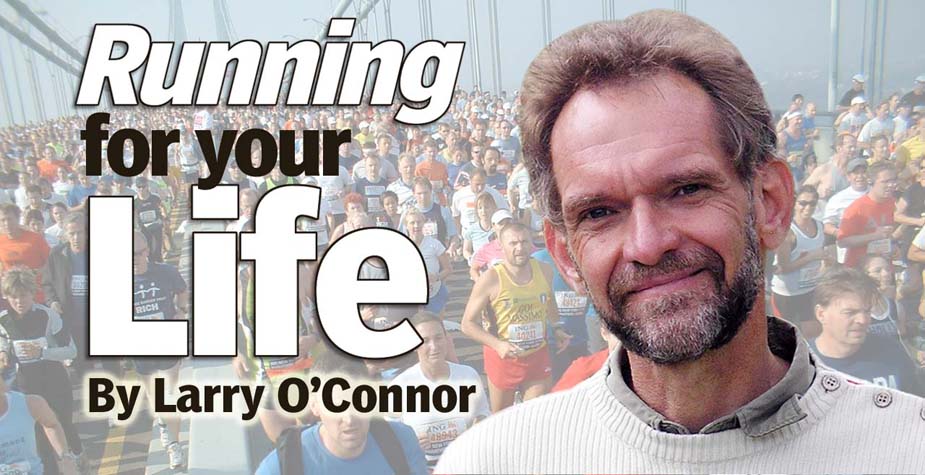Next year I will mark a milestone: my fifth decade of running
every other day, or at least three times a week.
In that time I’ve entered eight marathons, finishing six of
them, including Boston in 2012. I didn’t try my fourth until well into my 50s.
In those years, my pace has slowed some. I have taken to
heart that I will never post a better marathon PR than 3:33:08 (which I managed
in Scranton, Pa., when I was 55 years old).
Still, the other day I ran four miles and felt like I was in
my thirties. I didn’t run the route as fast as I did in those days, but my body
felt as good. Or at least that is what my brain was telling me.
If there is a secret to any of this, a lot of it comes down
to being sensible about pace setting. The “setting” of your body as you run.
That means working on your running posture. You are not going
to change the way you run. That’s bred in the bone. But look around you and you’ll
see what I mean.
Most casual runners of all ages will lean forward and run
out in front of their hip fulcrum. In so doing, with each footfall, the force
of the stride falls disproportionately on the knee joint, and isn’t shared by
the lower leg and ankle in the way that allows for optimum power efficiency. After years of running in this way, injury
often results.
What to do? Last year at this time my knee blew out because
of those years of pounding. My pace “setting” was off all that time. For months
in physical therapy I worked strenuously to correct that imbalance by doing
lunges and squats to strengthen the knees – and equally important – the butt
and lower leg.
For example, doing the squat and lunge appropriately (watch as
people do them and often the case they are cheating the exercise and thus the
good it can do) builds butt muscle as well as the knee and lower leg. But
keeping the weight behind the knee as you do the full lunge and full squat, you
are not overstraining the knee as you exercise. Rather you are training the
body to distribute the weight of your body – and the pounding as you run – more
evenly with each exercise lunge or each training stride.
Okay, that’s the Rime of the Ancient Marathoner lesson for
the day. Next up and soon! is the plan for my next half-marathon. With my No. 9
marathon a realistic goal in the not too distant future.
Running for Your Life: Pace Setting
